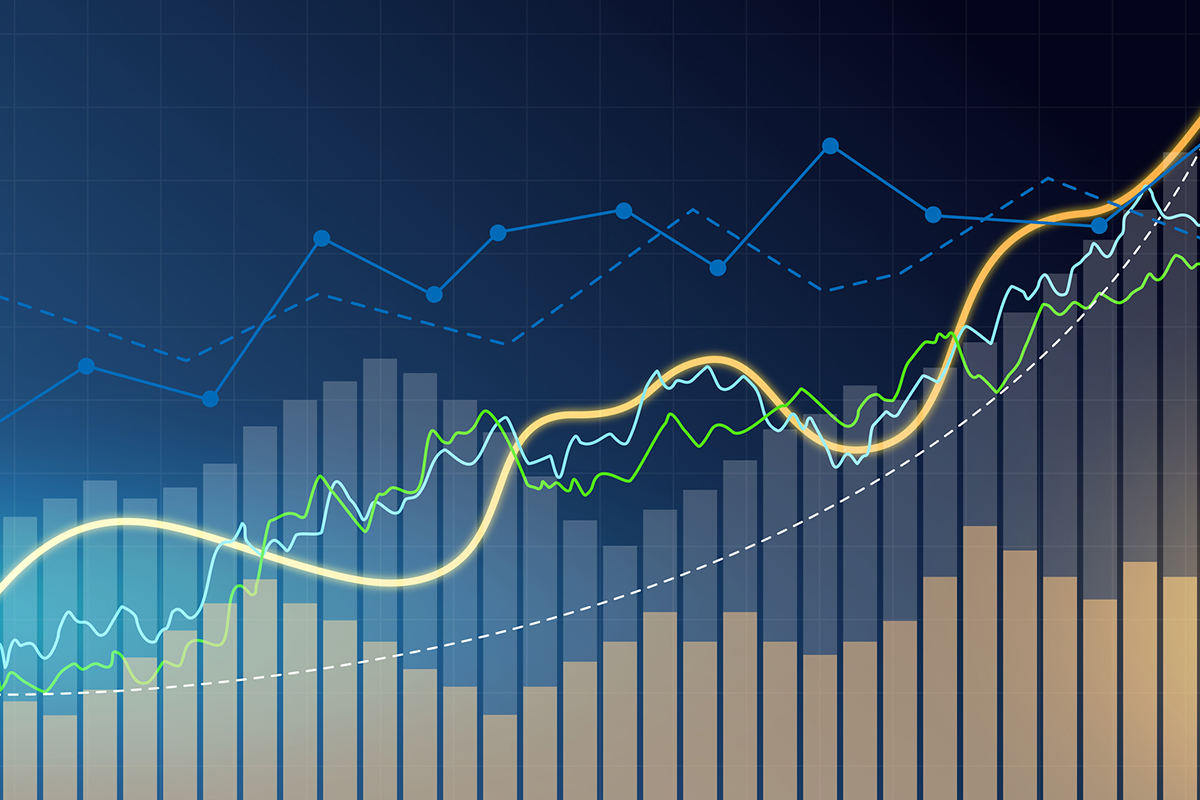
With a paucity of attractively priced assets and the specter of a low-return environment that many insist is coming, institutional investors may need to adapt their portfolios to maintain their current return assumptions, says a report from Goldman Sachs Asset Management (GSAM).
Despite many institutional investors cutting expected investment return rates in recent years, it will still be a challenge for them to meet return targets of 6% to 7% thanks to historically low interest rates and elevated public equity markets, according to the report. As a result, investors may want to expand active management, among other strategies, to meet their assumed rates of returns, said the firm.
“In recent years, there has been a trend towards passive investing, particularly in public equity markets,” said the report. “While we believe a combination of active and passive investing is appropriate, investors may want to consider leaning more heavily on active management in the coming years.”
This may seem counterintuitive or even blasphemous to devotees of investors like Warren Buffet or EnnisKnupp Chairman Richard Ennis, who espouse the virtues of passive investing; however, Mike Moran, a senior pension strategist at GSAM, believes current conditions warrant a shift in attitude.
“Over the past 10 plus years, the move to passive has been quite strong, and it has worked out quite well for investors as many active managers have struggled over the last decade,” Moran said in an interview with CIO. But “when we look at the concentration of certain equity indices in a handful of names, to us, the environment seems better for active management.”
The report said “disruption” is a key trend that is likely to benefits active managers, which it said has been accelerated by the COVID-19 pandemic. And it cited three major disruptive trends: technological innovation, sociodemographic change, and greater sustainability.
“We believe a forward-looking active strategy is crucial to identifying the next disruptors at an early stage and avoiding companies vulnerable to disruption,” said the report. “As disruptive trends accelerate, we believe there is a risk that market cap-weighted indices may leave investors behind, exposing them to high concentration risk.”
The report cautioned that investors might be disappointed if tempted to capitalize on disruption trends by using passive vehicles such as sector or industry-specific exchange traded funds (ETFs). It said that valuations for many stocks have “become stretched” due to their strong performance in 2020, and therefore selectivity will be key to achieving strong returns.
“The combination of elevated valuations, potential for disruption, and the need for selectivity all result in a strong case for active management,” said the report.
However, Moran, along with Matt Maleri, a partner at GSAM subsidiary Rocaton Investment Advisors, points out that expanding active management doesn’t mean abandoning passive investing as both can coexist in a portfolio.
“Think about where you want to spend your risk budget,” Maleri told CIO. “If you’ve got 10 different asset classes in your portfolio, do you need to be active in every single one of them? Maybe not.” For example, Maleri said some investors would likely prefer to spend their fees on private equity and private real estate than actively managed equity. “Hopefully, in an ideal world, if you find yourself hiring the right active manager, they pay for their fees.”
Of course, that is much easier said than done. According to the report, when hiring managers, investors’ due diligence should be able to separate the “true alpha-generators” from managers who are unlikely to deliver consistent, attractive risk-adjusted returns.
“Skilled investors can add value,” said Maleri. “The key words are skilled investors. This isn’t just go out and hire any hedge fund and it will work. You really have to do your homework and make sure you find the right ones.”
Of course, with the stock markets having seemingly decoupled from reality during the pandemic as equities soared despite an unprecedented global economic lockdown, one could be excused for wondering if the low-return environment will ever come. But Moran says that all signs indicate leaner times for investors lie ahead.
“It feels like many of us in the investment industry have been talking about a low-return environment for several years now, yet when we look back over the last couple of years—not just 2020—equities and fixed income have continued to do very well,” said Moran. But “given the level of interest rates, given the valuation level of the equity markets, it’s going to be hard to generate the great returns we’ve seen in the last several years.”
Related Stories:
Study: Endowments Have Underperformed Passive Portfolios for 58 Years
State Pension Funds Adjust to ‘New Normal’ of Lower Returns
What’s the Answer to Low Returns for Pension Programs? Alts
Tags: Active Management, Alternative Assets, Alts, Goldman Sachs Asset Management, GSAM, Hedge Fund, low return environment, Matt Maleri, Mike Moran, passive management
